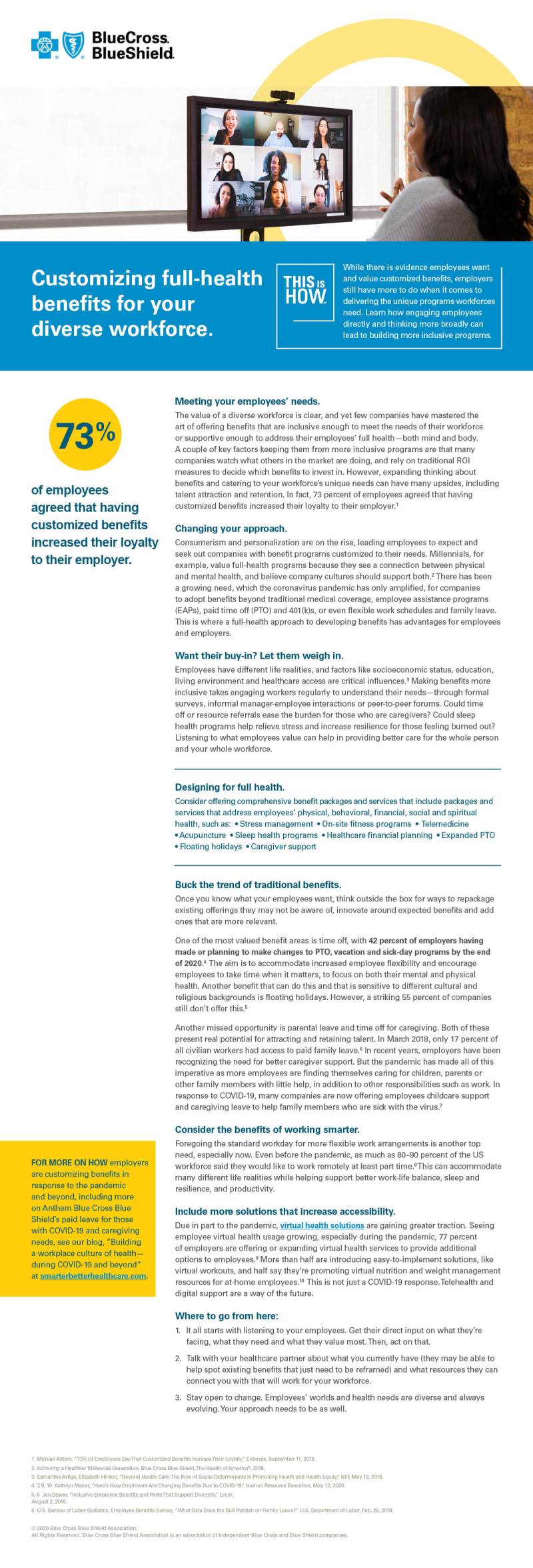How Much Is Employee Insurance – By clicking “Accept All Cookies”, you agree to the storing of cookies on your device to enhance site navigation, analyze site usage, and assist in our marketing efforts.
How much does health insurance cost? In the United States, Americans pay very different monthly premiums for health insurance. Although because of the Affordable Care Act these premiums are not set based on gender or pre-existing health conditions, many other factors affect the amount you pay. We explore these factors below to help you understand how much you might pay for health insurance and why.
Contents
- How Much Is Employee Insurance
- How Much Does An Employee Cost?
- Guide To Providing Health Care Benefits To Employees
- How Much Should A Business Pay For Employee Health Insurance?
- Group Employee Benefits
- Employee Benefit That Will Give Your Company A Competitive Edge
- Cost Of Cobra Coverage In 2024
- Solved If The Employment Insurance Deduction For An Employee
- Related posts:
How Much Is Employee Insurance

Many factors that affect the amount you pay for health insurance are beyond your control. However, it is good to understand what they are. Here are 10 major factors that affect the cost of health insurance premiums.
How Much Does An Employee Cost?
The coverage your employer provides affects several important factors that determine how much your coverage costs and how comprehensive it is. let’s take a closer look.
If you’re lucky enough to work for a company that offers health insurance, it could cost as much as a new car, according to the Kaiser Family Foundation’s 2022 Employer Health Benefits Survey. Kaiser found that in 2022, the average annual premium for a family was $22,463.
Workers contributed an average of $6,106 to annual costs, meaning employers picked up about 73% of the premiums. The average premium for an employee in 2022 was $7,911. Of that, workers paid $1,327, meaning employers received about 83%.
Kaiser included health maintenance organizations (HMOs), PPOs, pay-as-you-go plans (PPOs), and high-deductible health plans with savings options (HDHP/SO) to get the average premium number. It found that PPOs were the most common plan type, covering 49% of insured employees. HDHP/SO covered 29% of insured workers.
Guide To Providing Health Care Benefits To Employees
Of course, whatever employers spend on their employees’ health insurance leaves less money for salaries. So workers are actually collecting higher premiums than these figures indicate. In fact, one reason wages have not increased much over the past two decades is that health care costs have increased dramatically.
The type of plan employees choose affects many options, including premiums, deductible amounts, choice of healthcare providers and hospitals, and whether they have a Health Savings Account (HSA).
For families where both spouses are offered employer-provided health insurance, careful comparison is important: One plan may be significantly better than the other. The participant whose plan has not been utilized may retain the portion of the salary not withheld for health insurance. Or a couple without children may decide individually to choose their company’s plan (coverage for couples rarely comes with a discount – in practice it’s just a matter of doubling individual rates).

A federal insurance plan available on Healthcare.gov, the Affordable Care Act’s marketplace, enrolled 16.3 million people during the open enrollment period that ended January 15, 2023, a record high. Of these, 3.6 million purchased coverage through the Marketplace for the first time and 12.7 million were repeat customers.
How Much Should A Business Pay For Employee Health Insurance?
About 18 states and the District of Columbia operate their own health exchanges, which largely mirror the federal site but focus on the plans available to their residents. People in these areas enroll through their state, not through the federal exchange.
Each available plan offers four levels of coverage, each with its own price. In order of value from highest to lowest, they are listed as platinum, gold, silver and bronze. The benchmark plan is the second least expensive silver plan available through the health insurance exchange in a given area and may also vary within the state where you live. This is called the reference plan because it is the plan that the government uses along with your income to determine whether your premiums will be reduced.
The cost of insurance premiums for people who sign up for plans but do not receive subsidies is set to increase by an average of 4% in 2023, the first time premiums have increased since 2018. But most people receive subsidies, and thanks to legislation passed by the Biden administration, the net cost of exchange plans has declined.
The ARPA Act of 2021 extended the premium subsidies, effective through 2022. The Inflation Reduction Act subsequently extended the extended subsidies to 2025. As a result, premiums for Marketplace plans cost $800 less per person, according to the White House.
Group Employee Benefits
The average base plan premium for 27-year-olds has been declining since 2019, with a small bump in 2023. The average premium was $406 in 2019, $379 in 2021, $368 in 2022, and $382 in 2023.
The good news is that many of those who buy Marketplace plans will pay lower premiums thanks to what the government calls an additional premium tax credit, otherwise known as a subsidy. What are these subsidies? These are credits that the government adds to insurance premiums every month to make them affordable. Essentially, the government pays a portion of the premium directly to your health insurance company, and you are responsible for the rest.
Under the American Rescue Plan Act (ARPA) passed in March 2021, benefits were extended for low-income Americans and extended to those with higher incomes. ARPA expanded subsidies in markets above 400% of the poverty level and increased subsidies in markets between 100% and 400% of the poverty level.

You can get the advance premium tax credit in three ways: the same amount every month; More in some months and less in others, which is useful if your income is irregular; Or as a credit against your income tax liability when you file your annual tax return, which could mean you pay less tax or get a larger refund. The tax credit is designed to make premiums affordable based on family size and income.
Employee Benefit That Will Give Your Company A Competitive Edge
Your credit is based on your estimated income for the year, so if your income or family size changes during the year, it’s a good idea to immediately update your information on HealthCare.gov so your premium credit can be adjusted accordingly. . This way you won’t have any unpleasant surprises at tax time and you won’t pay more premiums than necessary during the year.
Those who have health insurance pay a deductible in addition to the premium. This means that you will pay 100% of your health care costs out of pocket unless you pay a predetermined amount. That’s when the insurance coverage kicks in and you pay a percentage of the bills and the insurer takes care of the rest. Most employees are covered under the normal annual deductible, which means it covers most or all healthcare services. Here’s how the total deductions change in 2022:
Individuals eligible for cost-sharing reductions (a type of federal subsidy that helps reduce out-of-pocket health care costs such as deductibles and co-payments) based on their income, the deductible for a silver plan Are responsible for $300 or $500.
If you missed your annual enrollment period and don’t have a reason that makes you eligible for a SEP, you may need to purchase a short-term health insurance plan that lasts from three months to 364 days. According to the Kaiser Family Foundation, because these plans typically cost an average of 54% less than exchange plans, you can choose one, whether you get health insurance through your employer or through the exchange. Cannot afford the expense (you may not be entitled to a subsidy).
Cost Of Cobra Coverage In 2024
Buyer beware: Rules vary from state to state, but in general pre-existing conditions may not be covered; Your application may also not be accepted if you are suffering from certain health issues. Other common exclusions include maternity care, mental health services, and prescription drugs. And keep in mind the dollar limits on coverage. Short-term plans do not provide as much protection as exchange plans and may not be sufficient or helpful at all when you need coverage most.
Group plans are generally cheaper than individual plans. So, if you are eligible for it through your employer, your union or other association, this is your best bet in terms of cover money. If this is not an option, the public health marketplaces established by the Affordable Care Act provide affordable health insurance to individuals. In most US states, you can enroll in a plan offered by the federal government through HealthCare.gov. However, the 18 states that will sign up in 2024 and the District of Columbia have their own marketplaces, and residents sign up through their own sites.
This depends on many factors, from the state you live in to your age and the type of plan (work or personal). Employer-sponsored plans average $659.25 per month, of which, for example, individual employees pay about $111.

Established by the Affordable Care Act (ACA), the Health Insurance Marketplace is a platform that offers health insurance plans to individuals, families, and small businesses. Eighteen states and the District of Columbia offer their own marketplaces, also known as exchanges, with registration beginning in 2024, while the federal government operates a marketplace open to residents of other states. Market floors are divided
Solved If The Employment Insurance Deduction For An Employee
How much does employee insurance cost, how much is employee tax, how much do companies pay for health insurance per employee, how much is tesla employee discount, how much is gm employee discount, how much is nissan employee discount, how much is walmart employee health insurance, how much is federal employee health insurance, how much is toyota employee discount, how much do employers pay for health insurance per employee, how much does employee health insurance cost, how much is employee health insurance







